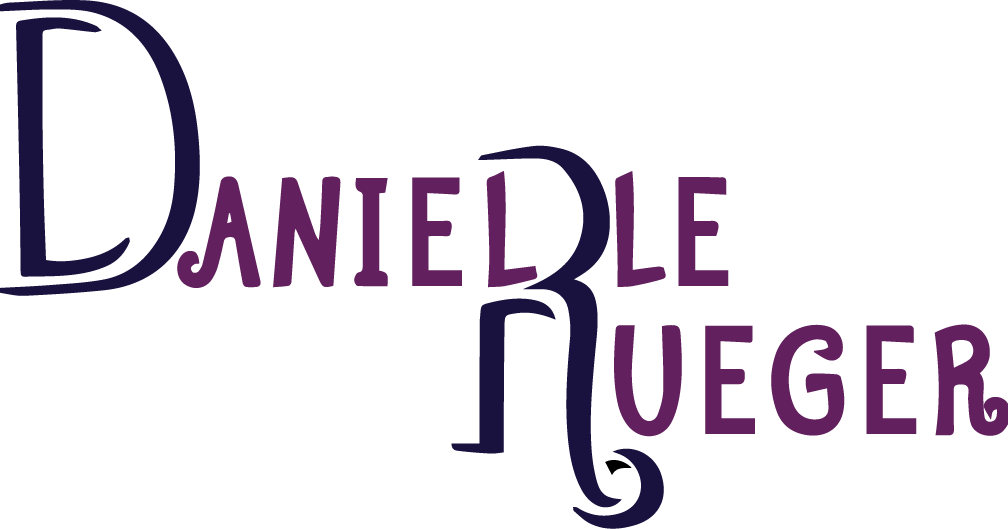Tips For Creating Inclusive Characters
For young readers, in-depth descriptions of character mannerisms and physical traits can be overwhelming. This is where you, the illustrator, come in. Through the visuals you design, not only do you accompany an author’s words, but you also add to them - filling in the blanks. With so much of a young reader’s experience depending on illustrations, it's crucial that you give careful thought to including diversity in illustration. Below are 3 tips for doing so.
1. Question Your Own Assumptions
If not given additional details, it’s common to imagine many of our own characteristics in a main character. While there’s nothing wrong with this impulse, it can be limiting to the diversity of the characters you create.
To avoid creating only slightly-differentiated versions of yourself in every character you illustrate, ask yourself why you imagined a character the way you did. Is it actually based on the character’s description or actions? If not, ask yourself if another character identity choice might fit the character just as well but also create more diversity in the illustrations.
2. Avoid Negative Stereotypes
Regardless of how based in truth they may or may not be, stereotypes exist. Many are unfair, but not all are negative.
When working with characters who are animals for example, there are certain situations where an animal’s characteristics can add to a character’s identity. Turtles and sloths are indeed physically slow, so if a character is described as slower and the author did not determine the species of animal, there can be some humor in selecting a slower species (think the sloth DMV employee in Zootopia).
Alternatively, if a stereotype has a negative connotation, whether about a group of people or animals, ask yourself if it’s really necessary to lean into it. Oftentimes, you’ll find that you can create not only character diversity but also an enjoyable sense of surprise in illustration by assigning the role of the villain or the hero to characters who don’t possess the typically associated traits.
For example, in the art for The Littlest Rain Cloud, a story I illustrated for a local Ohio author, it would have been an easy choice to make the larger, more powerful clouds appear mean or angry, but just because something or someone is bigger and stronger doesn’t mean it has to be intimidating.
Diversity in illustration can also be about personality, not just physical traits. Make sure you also take into consideration the importance of color theory when setting the tone for your characters and their environment.
3. Embrace Your Power as an Illustrator to Create Diversity in Illustration
As an illustrator, you are bringing entire worlds to life. With that task comes great responsibility for executing the author’s vision, but also quite a bit of creative possibility and opportunity to create diversity in illustration.
While it might seem odd at first to have two children with wildly different characteristics be best friends or even advisories (what endeavor could they have in common?), keep in mind that many of the best children’s book character pairings aren’t even the same species (think tortoise and the hare for example).
Remember, a children’s book isn’t necessarily supposed to be about recreating reality - it’s about creating a new, fun, exciting version of reality that children - and even some adults - can escape into and enjoy for awhile. With that in mind, I hope readers can appreciate the importance of every child that picks up your book being able to see a little of themselves represented in it.
